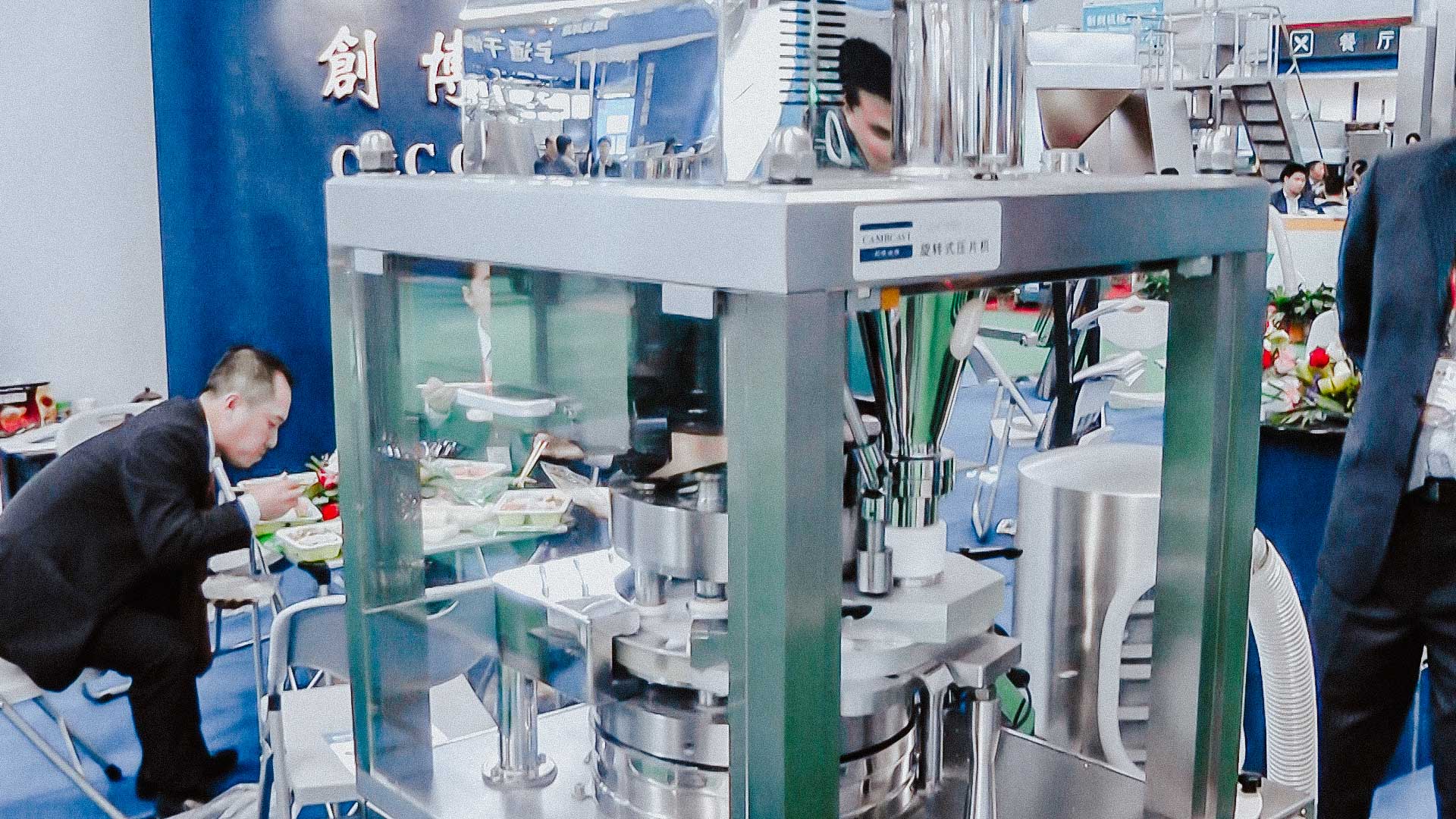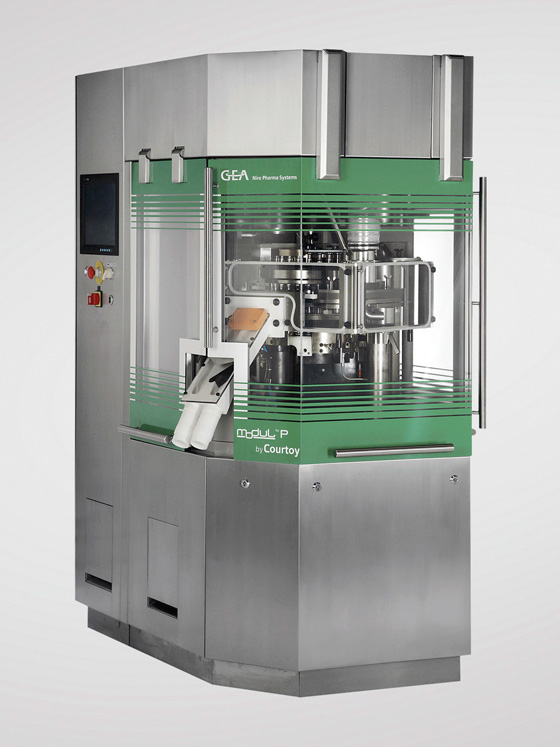The Benefits of Preventive Maintenance for Your Tablet Press Machine
Tablet press machines are essential tools in the pharmaceutical industry, where they are used to compress powders into pill form. Though these machines are built to last, they can experience mechanical issues over time or wear and tear due to regular use. As a result, preventive maintenance is highly recommended by manufacturers and operators alike to ensure safe and reliable operation of your tablet press machine. While this may require some additional upfront investment in terms of time and money, there are many benefits that come with regularly performing preventive maintenance on your tablet press machine. This article will discuss the importance of such maintenance and provide tips on preparing your tablet press machine for long-term use.

Why Preventive Maintenance Is Important
Preventive maintenance helps keep your equipment running smoothly while minimizing downtime due to unexpected mechanical failures. By conducting routine inspections and addressing minor issues before they become major problems, you can avoid costly repairs down the line and prolong the life span of your tablet press machine. Additionally, if you’re working with sensitive materials like pill mix powder or other active ingredients, regular maintenance ensures that cross-contamination from machinery parts does not occur during production. Finally, it helps maintain high product quality standards as well as meet safety requirements outlined in Good Manufacturing Practice (GMP) guidelines.
Creating a Plan for Preventive Maintenance
The first step towards creating a comprehensive plan for preventive maintenance is to identify all potential areas of risk associated with your particular tablet press machine model. It’s important to consider factors such as operating conditions, environmental stressors, raw material properties (e.g., particle size distribution), expected output rate, etc. when conducting a hazard analysis assessment (HAA). Once potential risks have been identified, you can develop an action plan based on manufacturer recommendations that include scheduled tasks such as lubrication/cleaning cycles and emergency protocols in case something goes wrong during the operation. Additionally, you should set up recurring reminders/alerts so that technicians stay on top of any needed maintenance activities throughout the year – this will help ensure that nothing slips through the cracks and cause sudden downtime later on down the line.
Identifying Wear Parts & Components
It’s important to keep track of which parts tend to wear out most quickly so you know what needs replacing or repairing more often than others. You should also inspect all hardware components regularly using visual cues such as discoloration or surface damage; if any part looks worn or damaged it should be repaired/replaced immediately before further damage occurs due to continued use without proper attention being given to it first. Additionally, make sure all moving parts (e.g., shafts/bearings) are lubricated adequately according to manufacturer specifications – otherwise friction between them could lead to overheating and loss in performance efficiency over time (this is particularly true for high-speed applications).
Unscheduled downtime caused by clogged filters or pipework can be avoided by carrying out regular cleaning procedures at least once every two weeks, depending on the type of product running through your tablet press machine; this could range from a quick dusting with compressed air cans/vacuums to manual removal of sticky residues using specialist tablet press solvents (which should always be handled with care!). Cleanliness is particularly important when handling sensitive ingredients such as tablet mix powders, as contamination left on surfaces can pass directly into finished products – posing a potential health risk to downstream consumers!

Checking production parameters & troubleshooting
Once everything has been inspected, cleaned and oiled at the specified intervals, it’s time to start testing production parameters against the original manufacturer’s specifications to see if any adjustments need to be made to ensure the system maintains optimum performance levels. For example, check speed and torque settings depending on the product type being run through the tabletting process. If anything is outside acceptable limits, then troubleshoot the problem until a longer-term solution is found. This will help prevent future occurrences of the same problem, and possibly eliminate the cause altogether, resulting in higher yields and lower costs.
Conclusion
In summary, preventive maintenance is the key to ensuring that your tablet press runs smoothly and reliably for a long time, ultimately enabling higher yields, better quality products and less financial strain. Investing a little extra effort initially will pay dividends down the road, saving a lot of frustration, and headaches, dealing with unexpected breakdowns and unplanned expenses along the way!

